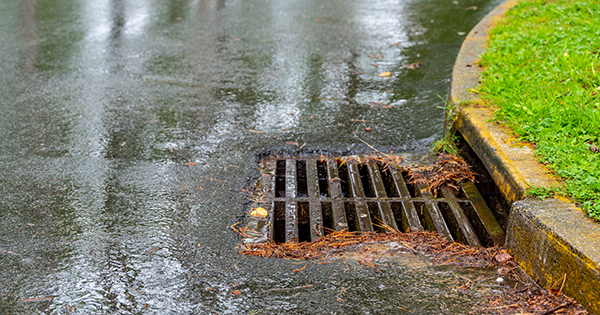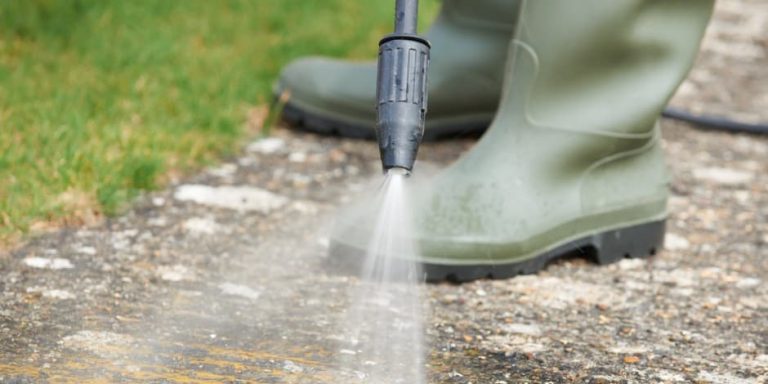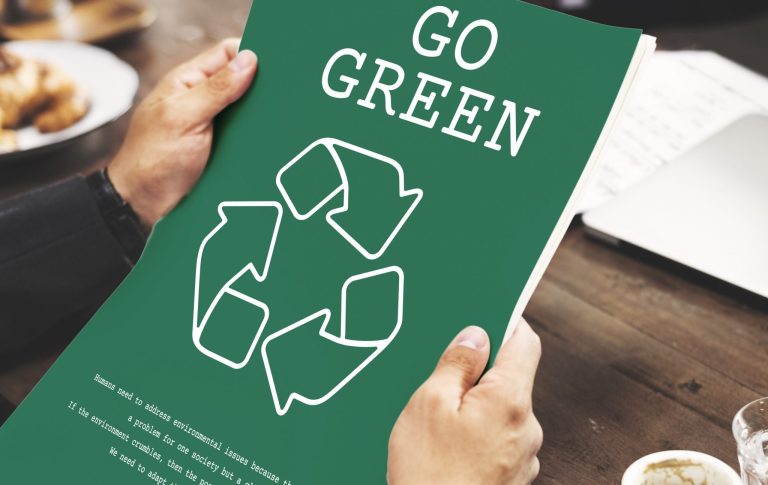
If you’ve ever watched dirty water from power washing flow down your driveway into a nearby storm drain, you might assume it’s no big deal. After all, it’s just water… right? Not quite.
Power washing and storm drains are a toxic mix—literally. What seems like a harmless stream of runoff can become a significant source of pollution in your local environment. Understanding how storm drains work and the role power washing plays in contaminating them is critical for any homeowner, business, or contractor trying to clean responsibly. 🌎
🌊 What Are Storm Drains—and Where Does the Water Go?
Storm drains are the grated holes along roadsides and in parking lots that help manage excess rainwater. Their purpose is to prevent flooding by channeling runoff away from streets, driveways, and buildings.
But here’s what many people don’t know: storm drains do not lead to water treatment facilities. Instead, they empty directly into nearby lakes, rivers, streams, or oceans—untreated. That means whatever flows into a storm drain flows straight into the natural environment. 😱
So when you use a pressure washer on your driveway, deck, or siding, and rinse grime, oils, and chemicals into the gutter… you’re potentially sending harmful pollutants straight into aquatic ecosystems. 🐟
🧪 What’s Really in That Runoff?
It’s not just water being washed away. Depending on what you’re cleaning, the runoff may contain:
- Oil and grease from vehicles
- Heavy metals from brake dust and tires
- Paint chips containing lead or other toxins
- Mold, mildew, and algae
- Pesticide or fertilizer residue from nearby lawns
- Soap and chemical detergents used in the cleaning process
When these substances enter a storm drain, they bypass any filtration system. That leads to direct contamination of the nearest water source. 🌊
🐠 The Impact on Aquatic Life and Ecosystems
The environmental damage from contaminated runoff is serious and widespread. Once pollutants enter rivers and streams, they can:
- ☠️ Kill fish and other aquatic organisms
- 🚫 Disrupt the reproductive cycles of amphibians
- 🦠 Contribute to algae blooms that deplete oxygen in the water (causing “dead zones”)
- 🐌 Kill beneficial microbes and bottom-dwelling organisms essential to the food chain
Chemicals like phosphates—common in many detergents—are especially dangerous. Even small concentrations can trigger rapid algae growth. These blooms block sunlight, reduce oxygen, and lead to massive die-offs in local fish populations. 🐬🌿
In some cases, toxins can accumulate up the food chain, affecting birds, mammals, and even humans.
🚰 The Risk to Public Health and Water Quality
It’s not just wildlife at risk—humans are affected, too. Polluted stormwater runoff can:
- Contaminate drinking water sources
- Make lakes and beaches unsafe for swimming
- Increase cases of gastrointestinal illness, rashes, and infections
- Lead to expensive water treatment costs for local municipalities
In urban areas, where stormwater infrastructure is already overwhelmed, introducing chemical-laden runoff adds even more strain to an already stressed system.
🛠️ How to Prevent Runoff While Power Washing
The good news is that a little planning goes a long way. Whether you’re a DIY homeowner or a professional contractor, here are some steps you can take to protect storm drains from pollution during power washing:
✅ Block Off or Cover Storm Drains
Use drain covers, sandbags, or rubber mats to temporarily seal storm drains. This prevents runoff from flowing directly into them during the cleaning process.
✅ Divert Water Onto Grass or Soil
Unlike concrete and asphalt, soil and grass can absorb water and filter contaminants naturally. Direct your runoff toward landscaped areas where it can soak in safely.
✅ Use Biodegradable, Non-Toxic Detergents
Always choose cleaning solutions that are safe for the environment, labeled “phosphate-free” or “biodegradable.” Avoid bleach or petroleum-based products.
Browse Amazon Here For Biodegradable Pressure Washing Detergents
✅ Capture and Contain Wastewater
Professional services often use vacuum recovery units or water reclamation systems to collect, filter, and properly dispose of used water. While this isn’t feasible for most homeowners, some rental equipment includes basic containment options.
✅ Pre-Clean with Dry Methods
Before washing, sweep the area thoroughly to remove leaves, debris, and loose contaminants. This reduces how much dirt and oil ends up in the water stream.
🏙️ Why This Matters in Urban and Suburban Settings
In cities and suburbs, stormwater pollution is a leading contributor to urban runoff contamination. Paved surfaces and dense infrastructure mean water has nowhere to go but the storm drain.
Even small amounts of pollutants from hundreds or thousands of homes can add up to major environmental damage. That’s why some municipalities now require Best Management Practices (BMPs) for pressure washing services.
Fines may be issued for violations, particularly when runoff enters storm drains without proper precautions.
👷♂️ Legal and Regulatory Considerations
In many U.S. cities, the Environmental Protection Agency (EPA) and local stormwater agencies regulate what can and cannot enter the stormwater system. Some local governments enforce penalties for:
- Washing vehicles or equipment in driveways with no runoff control
- Using detergents without capture or filtration systems
- Discharging wastewater into the public storm drain system
Violations can result in fines ranging from $100 to $5,000 or more, depending on your region. ⚖️
🌿 The Responsible Way to Clean
Power washing doesn’t have to harm the environment if it’s done carefully and responsibly. Here are a few golden rules:
- Think before you spray—where will the water go?
- Always minimize your chemical use
- Direct water toward absorption zones, not drains
- Know your local regulations and follow them
🌎 Final Thoughts
It’s easy to overlook the environmental consequences of power washing—especially when the results look so clean on the surface. But the reality is that every time dirty water enters a storm drain, it becomes someone else’s pollution problem downstream.
Whether you’re sprucing up your driveway, preparing your home for sale, or just spring cleaning, take a moment to consider where your water goes. With small adjustments to your technique and tools, you can keep your property clean without sacrificing the health of your local environment. 🌱
Browse Amazon Here For Biodegradable Pressure Washing Detergents






